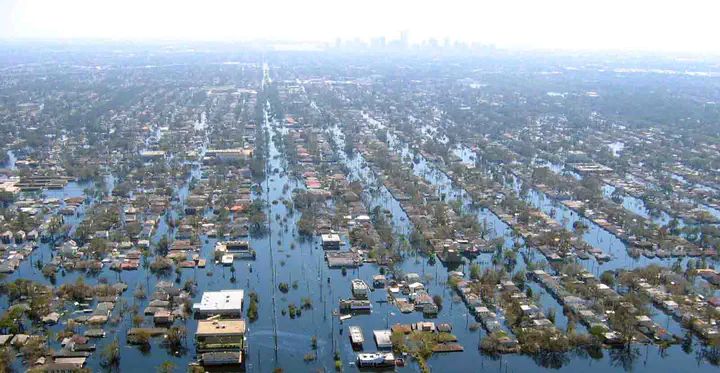
Abstract
Flooding remains one of the globe’s most devastating natural hazards and a leading driver of natural disaster losses across many countries, including the United States. As such, a rich and growing literature aims to better understand, model, and assess flood losses. Several major theoretical and empirical themes emerge from the literature. Fundamental to the flood damage assessment literature are definitions of flood damage, including a typology of flood damage, such as direct and indirect losses. In addition, the literature theoretically and empirically assesses major determinants of flood damage including hydrological factors, measurement of the physical features in harm’s way, as well as understanding and modeling protective activities, such as flood risk mitigation and adaptation, that all co-determine the overall flood losses. From there, common methods to quantify flood damage take these factors as inputs, modeling hydrological risk, exposure, and vulnerability into quantifiable flood loss estimates through a flood damage function, and include both ex ante expected loss assessments and ex post event-specific analyses. To do so, high-quality data are key across all model steps and can be found across a variety of sources. Early 21st-century advancements in spatial data and remote sensing push the literature forward. While topics and themes apply more generally to flood damage across the globe, examples from the United States illustrate key topics. Understanding main themes and insights in this important research area is critical for researchers, policy-makers, and practitioners to better understand, utilize, and extend existing flood damage assessment literatures in order to lessen or even prevent future tragedy.